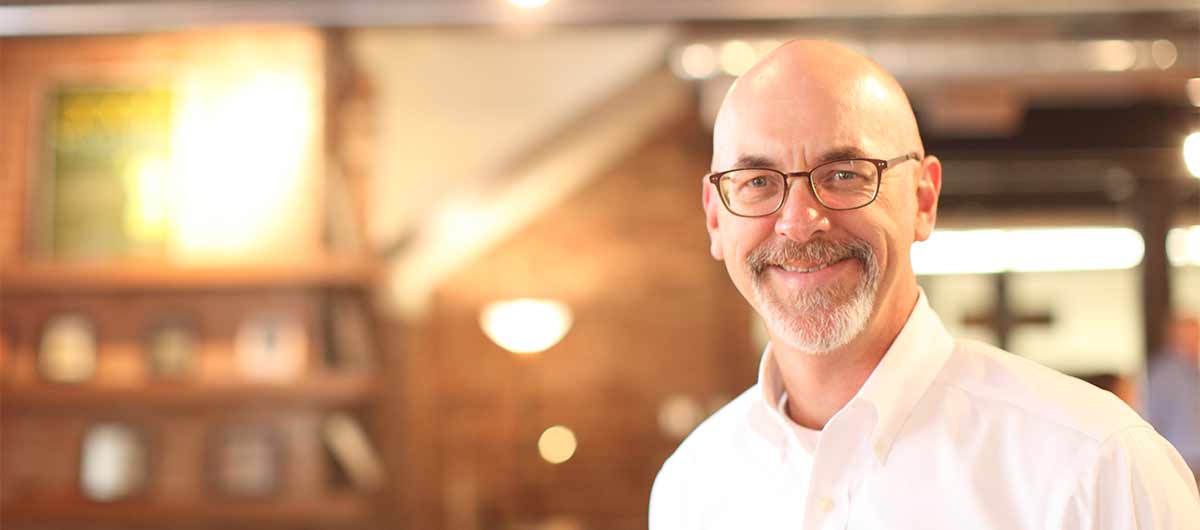In this second article of a two-part series about finding and keeping your donors, we focus on the challenging—but ultimately rewarding—work of donor acquisition.
The national average for overall donor retention is around 45%—that means roughly half of all donors will not give again. For first-time donors, 80% of donors will not give the following year. So, even a nonprofit organization with the most disciplined retention plan needs an effective method to boost donor acquisition.
There are many reasons for “donor churn.” Some donors simply forget to give again (perhaps they weren’t reminded to). Others might not feel they can afford a second gift. Or they don’t receive proper recognition and may not feel that their gift made a difference. An effective, active donor acquisition plan feeds the right new donors into your base and reduces donor churn.
Take Your Culture’s Temperature
As a first step in acquiring new donors, your organization should assess its culture. Your culture has a direct impact on your ability to create a strong and successful acquisition program. Ask these three questions.
- Are you willing to make investments that will pay off later? New donor acquisition is an investment. The payoff will come in the future. Your organization must commit the time, effort, and resources to create a successful acquisition plan. You should be “planting seeds” all the time, not just when you need to harvest.
- Are you consistent? The best approach is a steady one. In lean times, you might be tempted to pause your acquisition efforts when resources are running low. Or, you might think it smart to accelerate donor acquisition to make up for the sudden downturn. Instead of reacting to the moment, a consistent, steady cadence will yield the most effective, long-lasting lasting results.
- Do you make data-informed decisions? Be sure that you know your numbers. Simply stated, it means knowing in advance how you measure success, and then having the systems and metrics in place that allow you to answer that question quickly and easily. It also means viewing data as a valuable asset and treating it accordingly. Your donor database must be complete, clean, and accurate. Create an acquisition dashboard and consider these metrics:
- Lifetime value of a donor
- Cost to acquire a donor
- Donor acquisition rates
- Channel conversion and open rates
- Average gift amount per channel
Begin Close to Home
Understand Your Natural Constituency
Focus on the people that are most likely to support your organization. Do you know what your best donor looks like? Men, women, and an even mix of both? Liberal or conservative? An interest in military history or cooking? Look to your current donors, your board members, your volunteers, and create a simple profile. Then, work on acquiring the “right” donors for your nonprofit.
Reacquire
Tap into your network of past donors. People who have given before already know your organization, your mission, and your values. They may give again. And since reacquiring these donors may take less of a marketing effort, it’s a wise place to start.
Peer-to-Peer
As the adage goes, “people don’t give to organizations, they give to people.” Encourage your active supporters to tap into their networks. Reach out to their friends, family, and coworkers—a pool of potential donors who are more likely to look like the ones that already support you.
Buy Lists
“Buying lists” doesn’t sound like starting at home. However, if you have an idea of what your ideal donor looks like, you can use that information to increase the odds that you will buy the right list. About 20% of the market includes good, mailable, philanthropic prospects. And the percentage of them that are inclined to support your organization may be only 20%. So, in a market with 100,000 people, maybe 4,000 are a good fit. Knowing who your ideal prospects are will help you hone in on that group.
Create Compelling, Person-Centered Content
Fundraising is Storytelling
That is true whether you are asking a long-time supporter to make a major gift or writing of writing a letter to someone who’s never given before. What you say matters. Resist the urge to copy and paste the same letter used by a peer, or the one your direct mail vendor uses for their other customers.
Do you have an organizational case for support that includes real stories about how your nonprofit makes a difference? Tap that source. If you don’t have one, well, you should.
Being Person-Centered is a Data Problem
We often talk about donors in terms of how much they give (e.g., RFM). That is necessary as it helps you quickly prioritize where to spend time and money. But people don’t think of themselves as “how much I give.” So what can you do? Start to think about your prospects in terms of personality, where they live, do they have children. It is hard to learn these things about people you haven’t met yet, but it’s not impossible. Gain as much information as you can, then treat your acquisition prospects differently. Inform the words you use based on who they are.
Make it Easy to Give
The smoother the new donor experience is, the better. Streamlining this process can make all the difference. It doesn’t take much friction in the giving process to put off a potential donor.
When It comes to mail, you probably are already providing a pre-addressed, postage-paid return envelope. When it comes to online giving, be sure that the donor experience follows these best practices.
- Create clear, obvious donate buttons
- Offer different methods of payment
- Display common donation dollar amounts ($25, $50, etc.)
- Provide options for how often to give
- Keep your donation page simple
- Share the impact of each donation
New donors are the lifeblood of your organization. Start your acquisition efforts with a culture committed to consistent, data-driven investments, and set out to build relationships that last.






